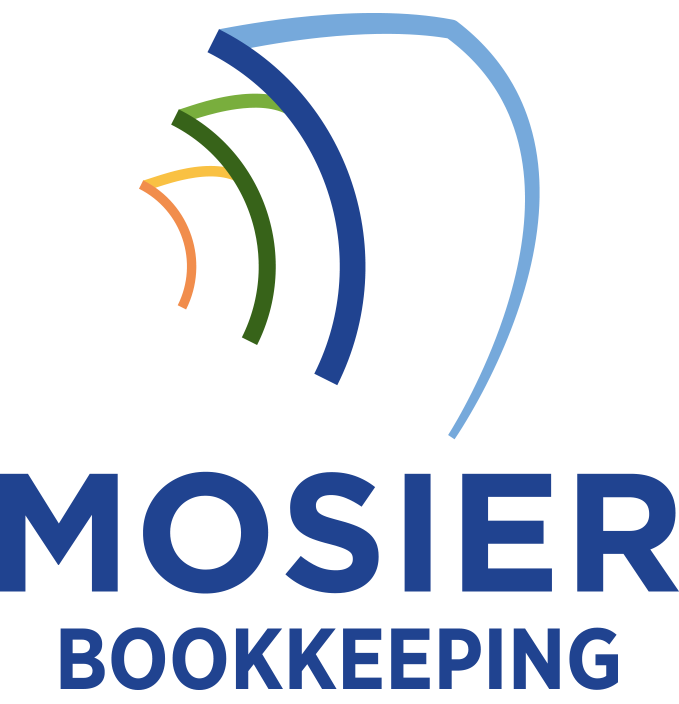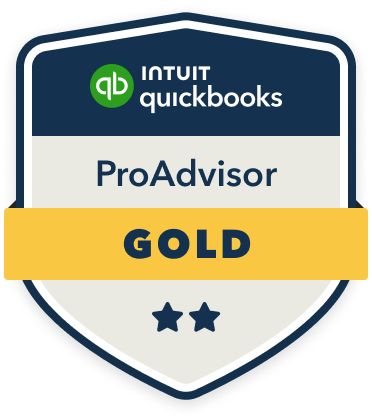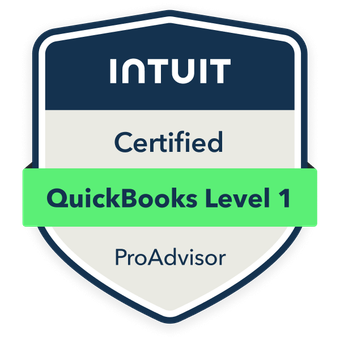I transform raw bookkeeping data into actionable insights through key financial metrics and ratios. By analyzing cash flow patterns, revenue trends, and expense fluctuations, I can make strategic decisions about pricing, resource allocation, and growth initiatives. My data-driven approach combines historical performance analysis with forward-looking forecasts to optimize operations and identify opportunities. Understanding these fundamental financial relationships will empower you to make more informed business decisions.
Understanding Key Financial Ratios and Performance Metrics

Financial ratios and performance metrics serve as vital tools for translating raw bookkeeping data into actionable business intelligence. I’ll help you master the key metrics that drive strategic decision-making: liquidity ratios reveal your ability to meet short-term obligations, profitability ratios demonstrate your capacity to generate earnings, and efficiency ratios measure how effectively you’re utilizing assets.
Analyzing Cash Flow Patterns for Strategic Planning
How effectively you monitor and interpret cash flow patterns can make the difference between thriving and merely surviving in business. I recommend analyzing your cash inflows and outflows over 12-month cycles to identify seasonal variations and recurring patterns. These insights let you anticipate cash shortages, optimize inventory purchases, and time major expenditures strategically.
I’ve found that mapping cash flow patterns against key business initiatives reveals opportunities to accelerate receivables, negotiate better payment terms, and build cash reserves during peak periods. This data-driven approach strengthens your negotiating position and helps you make confident decisions about expansion, equipment investments, and staffing levels.
Making Data-Driven Pricing and Revenue Decisions

I’ll guide you through examining your product-level revenue data to determine which offerings drive your highest profits and contribute most substantially to your bottom line. By monitoring your profit margins across different price points and sales volumes, you’ll identify ideal pricing strategies that maximize both customer value and business sustainability. Based on this analysis, you can establish strategic price points that reflect market positioning, cover your costs effectively, and maintain competitive advantage in your target segments.
Analyze Revenue Per Product
Breaking down revenue per product allows you to make strategic pricing decisions based on hard data rather than guesswork. I’ve found that analyzing product-specific revenue reveals critical insights into your business performance and market dynamics.
- Track individual product sales volume and revenue trends over time
- Calculate profit margins for each product line to identify top performers
- Compare seasonal variations in product performance
- Monitor the impact of pricing changes on sales volume
- Identify which products drive the most revenue and deserve marketing focus
This granular analysis empowers you to optimize your product mix, eliminate underperforming items, and maximize profitability across your entire portfolio.
Monitor Profit Margins
Three key metrics drive effective profit margin monitoring: gross margin, operating margin, and net margin. I recommend tracking these metrics monthly to spot trends that affect your bottom line.
Gross margin reveals the direct profitability of your products after accounting for cost of goods sold. Operating margin shows how efficiently you’re managing overhead expenses. Net margin tells you your true profit after all expenses, taxes, and interest.
I’ve found that comparing these margins against industry benchmarks helps identify areas for improvement. When I notice declining margins, I immediately investigate pricing strategy, cost control, and operational efficiency to maintain competitive advantage.
Set Strategic Price Points
Building on our margin analysis, strategic price points require precise data modeling to maximize revenue while maintaining market competitiveness. I’ll help you leverage your bookkeeping data to establish ideal pricing tiers that drive profitability.
Your pricing strategy must integrate these critical data points:
- Historical transaction values and volumes
- Cost basis per product or service unit
- Customer segment price sensitivity metrics
- Competitor pricing benchmarks
- Seasonal demand fluctuations
Tracking Expense Trends to Optimize Operations
I’ll show you how examining your expense patterns month-over-month reveals critical operational insights about your business performance and spending efficiency. By meticulously tracking where costs exceed expectations, you’ll quickly spot areas of wasteful spending that need immediate attention. Comparing actual expenses against departmental budgets helps you measure operational efficiency and make targeted adjustments to optimize your company’s financial performance.
Monitor Monthly Cost Patterns
Monthly expense tracking provides essential insights into your business’s operational efficiency and financial health. I recommend monitoring these critical patterns in your monthly costs to maintain control and drive strategic decisions:
- Track fixed vs. variable cost ratios to identify areas where you can leverage economies of scale
- Compare actual expenses against budgeted amounts to spot variances requiring immediate action
- Analyze seasonal fluctuations to optimize inventory and staffing levels
- Monitor cost trends by department to identify units that need performance improvement
- Review recurring expenses monthly to eliminate unnecessary subscriptions and services
This systematic approach to cost pattern analysis empowers you to make data-driven decisions that enhance profitability.
Identify Wasteful Spending Areas
A systematic review of expense trends naturally leads to identifying areas of wasteful spending. When I scrutinize my company’s expenditures, I look for duplicate payments, underutilized subscriptions, and excessive overhead costs that drain resources without delivering value.
I’ve found that comparing cost-to-benefit ratios across departments reveals inefficiencies. I analyze vendor contracts, identify redundant services, and evaluate whether bulk purchasing could reduce unit costs. By tracking these metrics, I can eliminate unnecessary expenses and reallocate funds to growth initiatives.
I recommend creating a waste reduction scorecard to quantify savings and hold departments accountable for spending optimization.
Compare Department Budget Performance
Budget performance comparisons between departments provide critical insights into operational efficiency and resource allocation. I recommend analyzing these key metrics to evaluate departmental effectiveness:
- Actual spending vs. budgeted amounts to identify variances
- Cost per employee/unit to measure productivity
- Revenue generation relative to resource consumption
- Quarter-over-quarter growth or decline patterns
- Inter-departmental cost allocation accuracy
I track these metrics monthly using standardized reports, enabling me to make data-driven decisions about resource redistribution, cost control measures, and strategic investments. This systematic approach allows me to optimize departmental performance while maintaining strict accountability for budget targets and operational goals.
Using Historical Data to Create Accurate Forecasts

Historical financial records serve as the foundation for creating reliable business forecasts. I recommend analyzing at least three years of data to identify recurring patterns, seasonal fluctuations, and growth trends. By examining these patterns, I can predict future revenue streams, expense levels, and cash flow requirements with greater accuracy.
I leverage statistical tools to analyze historical data, calculating moving averages, growth rates, and variance metrics. This enables me to develop precise forecasting models that account for both cyclical patterns and long-term trends. When combined with market intelligence and economic indicators, these data-driven forecasts become powerful tools for strategic planning and resource allocation.
Leveraging Financial Reports for Growth Opportunities
Financial reports regularly reveal untapped growth opportunities when analyzed through multiple lenses. I’ve found that strategic examination of these reports can illuminate pathways to expansion that might otherwise remain hidden.
- Revenue segmentation reveals high-performing product lines ripe for scaling
- Customer acquisition costs indicate suitable marketing budget allocations
- Gross margin trends highlight which services deserve increased investment
- Operating expense patterns identify areas for cost optimization
- Cash flow cycles pinpoint ideal timing for major initiatives









